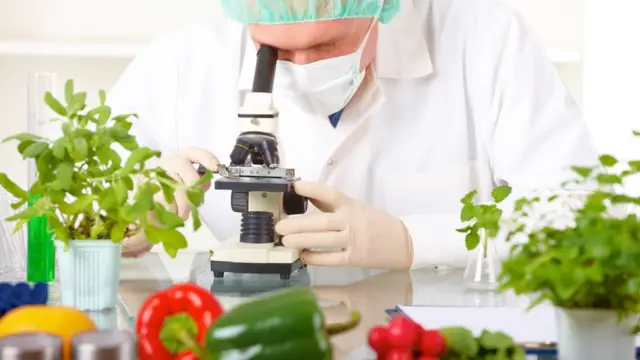With the passage of time, technology will greatly modify the way we develop society through research. In this case, we will talk about how Artificial Intelligence (AI) is focused on the creation of laboratory foods. This happens through the use of powerful tools, where the nutrients in the food stand out. The technology could provide an efficient and complete solution when it comes to solving the World’s food needs.
Focused on futuristic gastronomy
Every year, the planet’s population increases exponentially and the industrial processes involved currently in the food industry increasingly cause more havoc to the planet and the health of its inhabitants. Important organizations worldwide have revealed truly alarming data. Regarding the food industry, and the collateral damage that this causes to the planet, “Livestock production is responsible for 18% of all global greenhouse gases, according to the United Nations Organization for Agriculture and Food (FAO). Several front-line companies related to biotechnology work hard to combat this phenomenon with what they have called “Food Technology”.
As a result of the advances in technology, a system called “Futurist Gastronomy” has emerged. It is an easy and safe innovative solution, especially when it comes to implementing different models of processing and obtaining food quickly, easily, and safely.
How does this food technology work?
This is a tool that does not stop growing. There are even university careers specialized in this subject. They are based on physical, microbiological, and chemical composition of different kinds of foods. These basic studies also focus on forming, creating, packaging, and storing such foods. Another aspect that has driven this new technological trend is the preservation of the planet.

The method to carry out this new technology is called “Bioprinting”, it is defined as food printing. That is what is known as food production through a computer. Thanks to this, 3D Bioprinting is also known in customized foods that can be produced.
This initiative aims to mass manufacture food of chicken and meat origin. With this kind of production, that is, meat in laboratories, a 90% reduction in the level of the so-called greenhouse effect (which is causing irreparable damage to Mother Earth) is achieved.
Food Ink is one of the first innovating companies to produce this type of food made by 3D printing. It is based in London and so far has been very successful. Other countries such as Mexico, Spain, China, Japan, Brazil, Argentina, and the United States seek to copy this wonderful futuristic initiative.
Development of “Artificial Meat”
It is also known as clean or in vitro meat, basically, this type of meat is manufactured in laboratories based on genetic engineering of animal cells. Specialized data and algorithms software are used to express the end result of this type of meats. This response to a new computer system, which was developed in the Massachusetts Institute of Technology (MIT).
Caleb Harper is in charge of this project, and under this concept, the open agriculture project is developed. It aims to change much more advanced platforms in agriculture through artificial intelligence, with a view to achieving futuristic globalization in different aspects, including the traditional food system. In the beginning, the technology offered some tools to simplify your chores and make your life a little easier.
Today, experts say that technology has mutated since it is present in every part of our lives. That is why the futuristic gastronomy system could not be left behind, and it will have further adjustments that make life easier.

